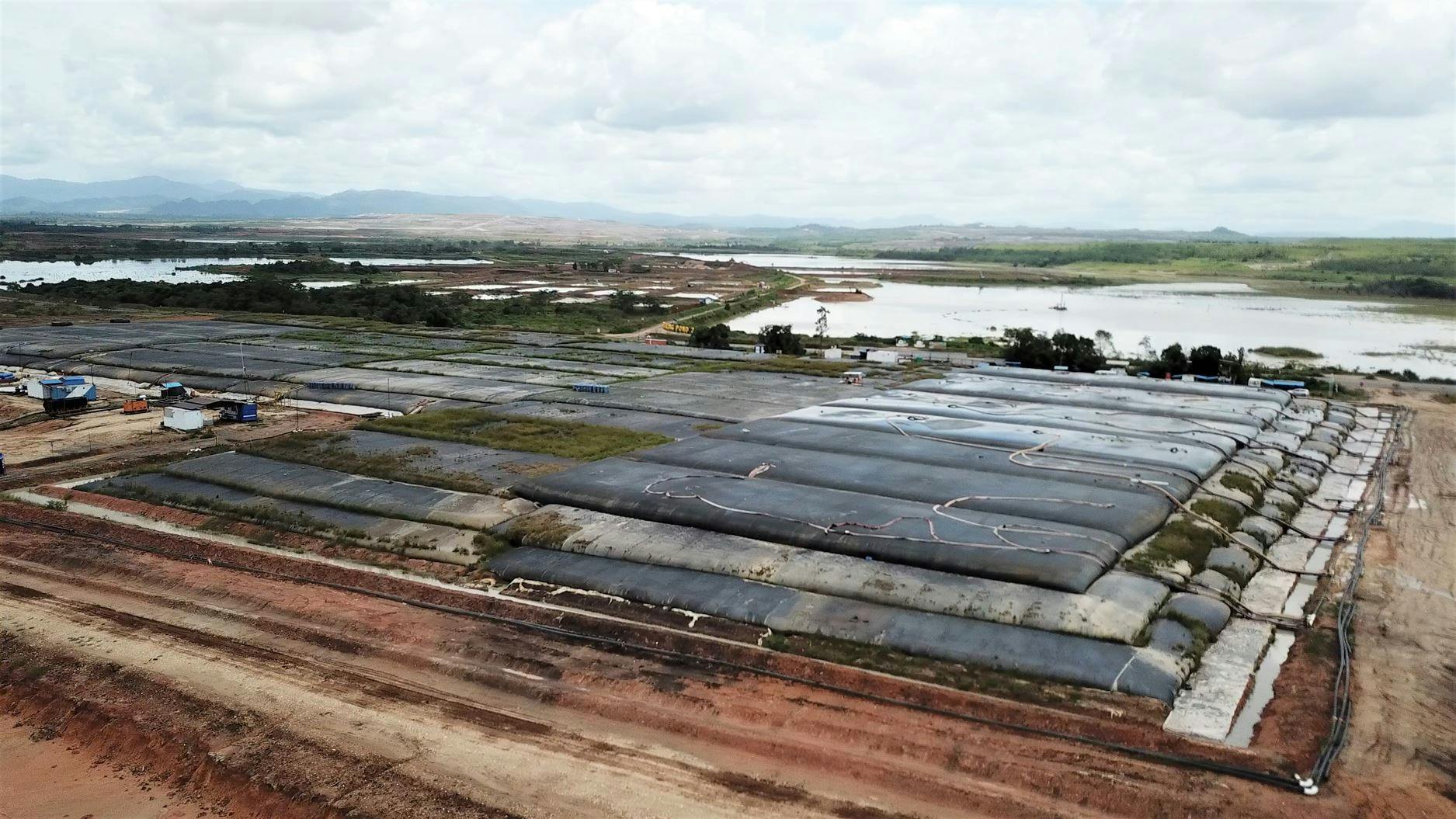What are the limitations of slit tape woven geotextiles?

How to get GEOTUBE dewatering right
Achieving effective solutions in engineering relies on mastering the basics. With GEOTUBE® dewatering systems, proper foundational design and application lead to straightforward dewatering processes. When designed and applied correctly, GEOTUBE excels in diverse applications, from industrial wastewater to agriculture and municipal projects.
We’ll delve into 6 fundamental factors for optimal dewatering.
#1. Effective design
Successful GEOTUBE design begins with an accurate assessment of the slurry to be dewatered. This leads to determining the right type and size of GEOTUBE for the expected volume of dewatered solids. It's important to note different industries have distinct ways of measuring; while most refer to volume and parts per million, the mining sector uses tons.
#2. Tube design and selection
GEOTUBE units should be sized to accommodate the full slurry volume. Using fewer large tubes is often more efficient and economical than using many small ones unless space constraints dictate otherwise. When selecting, consider:
Fabric type
Circumference and length
Number of fill ports
Factors determining maximum fill heights include slurry composition, pump delivery rates, and configuration within the dewatering pad. Always request supporting calculations from suppliers.
#3. Polymer dosing
Polymers help consolidate fine particles within the tubes and produce clearer effluent. While commonly used, not all slurries need polymers; consider the cost-benefit. GEOTUBE systems require less polymer compared to mechanical plants, and the dosage can be adjusted by sampling before entering the tubes.
#4. Pad design
Ensure the dewatering platform has a slope of less than 5% (5 in/100 in) to prevent uneven tube distortion, which can lead to failures. Proper drainage channels are vital for efficient operation, capturing and discharging liquid outputs.
#5. GEOTUBE® deployment
Effective handling and sequencing boost the dewatering process's efficiency. All GEOTUBE units come on steel cores for easy handling. They can be unrolled manually or with equipment, positioned precisely, and filled through easily accessible ports. For projects with tight spacing or layered tubes, Solmax provides detailed guidelines.
#6. Pumping and filling
Always adhere to the specified fill limits for each GEOTUBE. The maximum fill height, determined by fabric type and slurry, is printed on the tube and should never be exceeded.
Best practice
While some clients opt to manage deployment and operation themselves, it's often beneficial to employ specialist applicators, especially for large-scale projects. Experienced professionals ensure a smooth process from deployment to the end, often maximizing economic returns and ensuring efficiency.